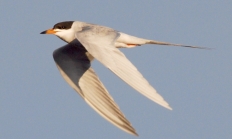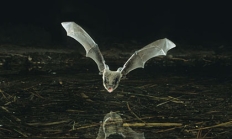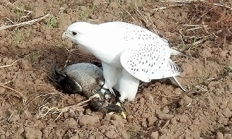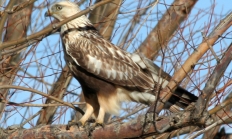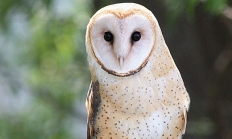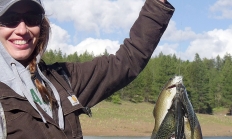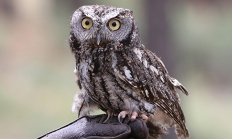New grant opportunity to build wildlife crossings in Oregon; OCRF seeks letters of interest for Wildlife Passage Infrastructure Projects
SALEM, Ore. – The Oregon Conservation and Recreation Fund (OCRF) is now accepting letters of interest for its summer 2025 Wildlife Crossing Infrastructure Grant Opportunity, supporting capital construction projects that reduce wildlife-vehicle collisions and restore critical movement and migration…


